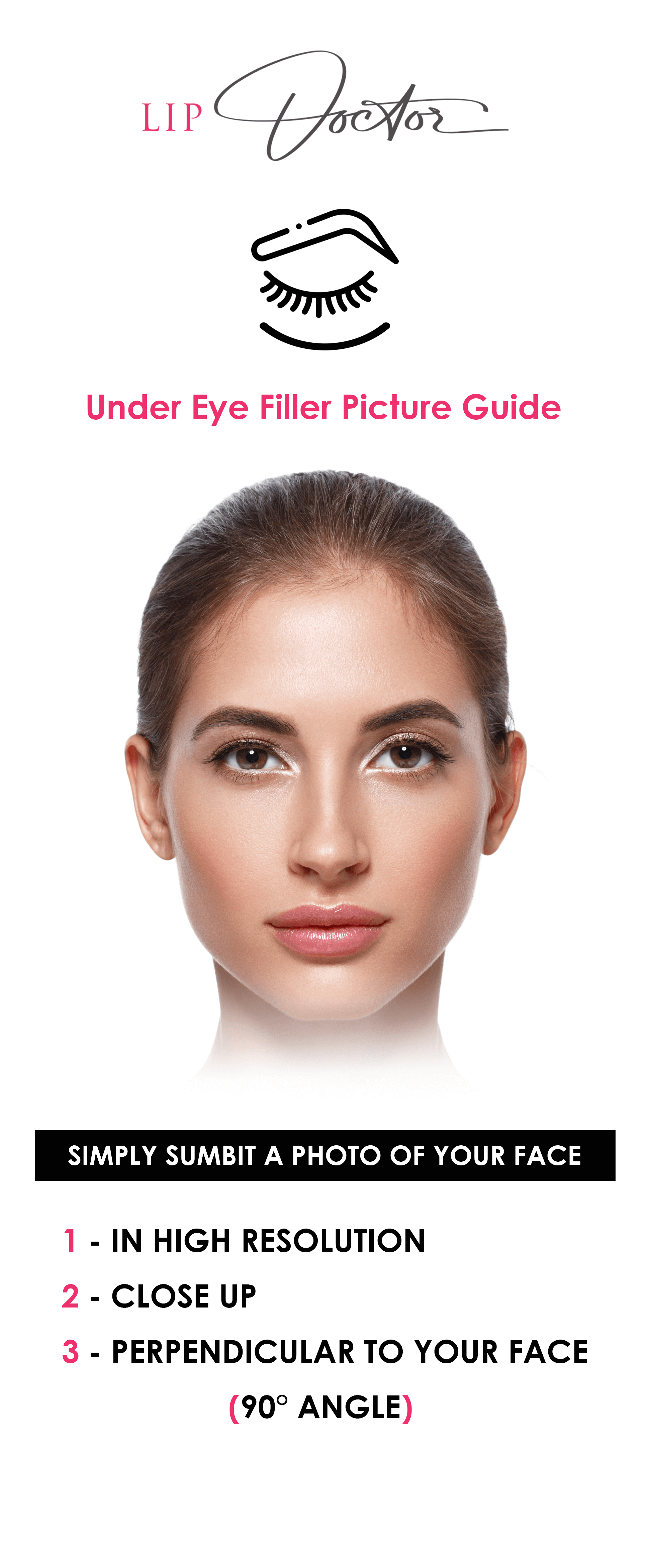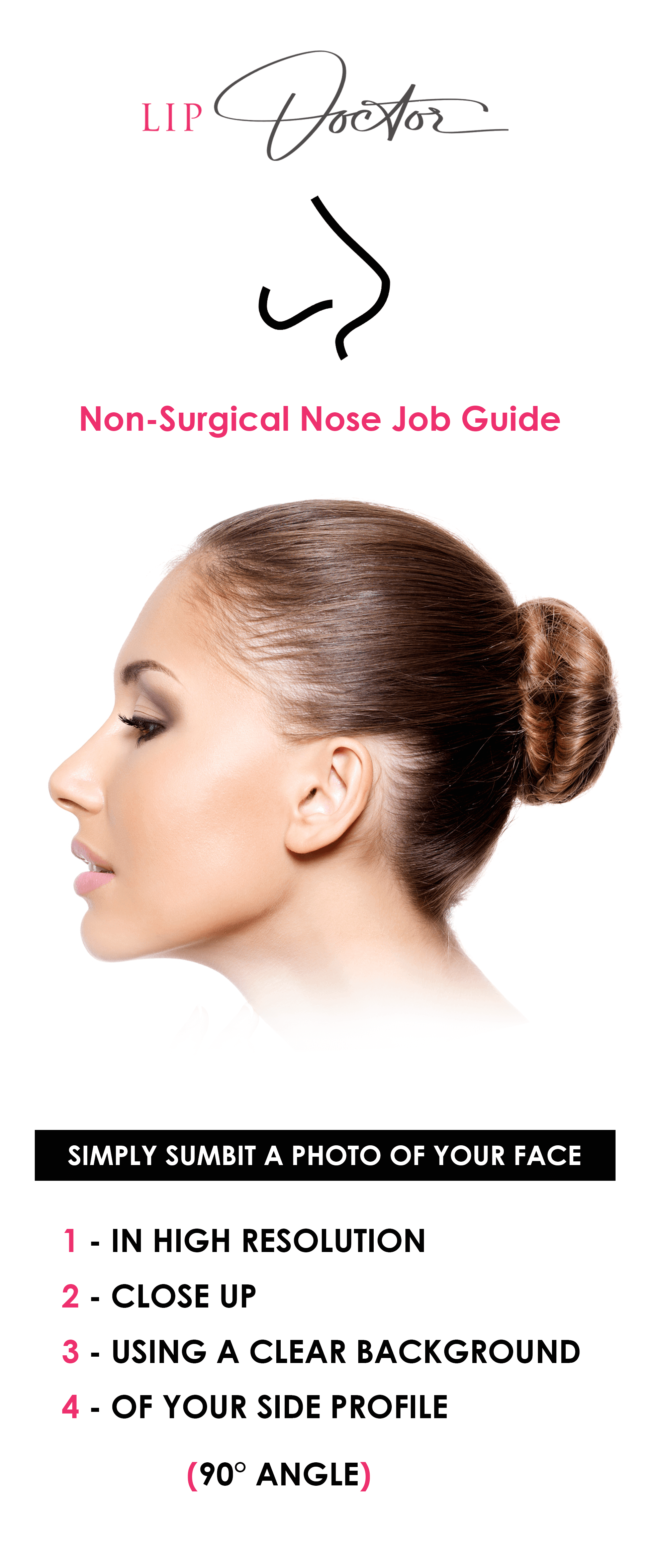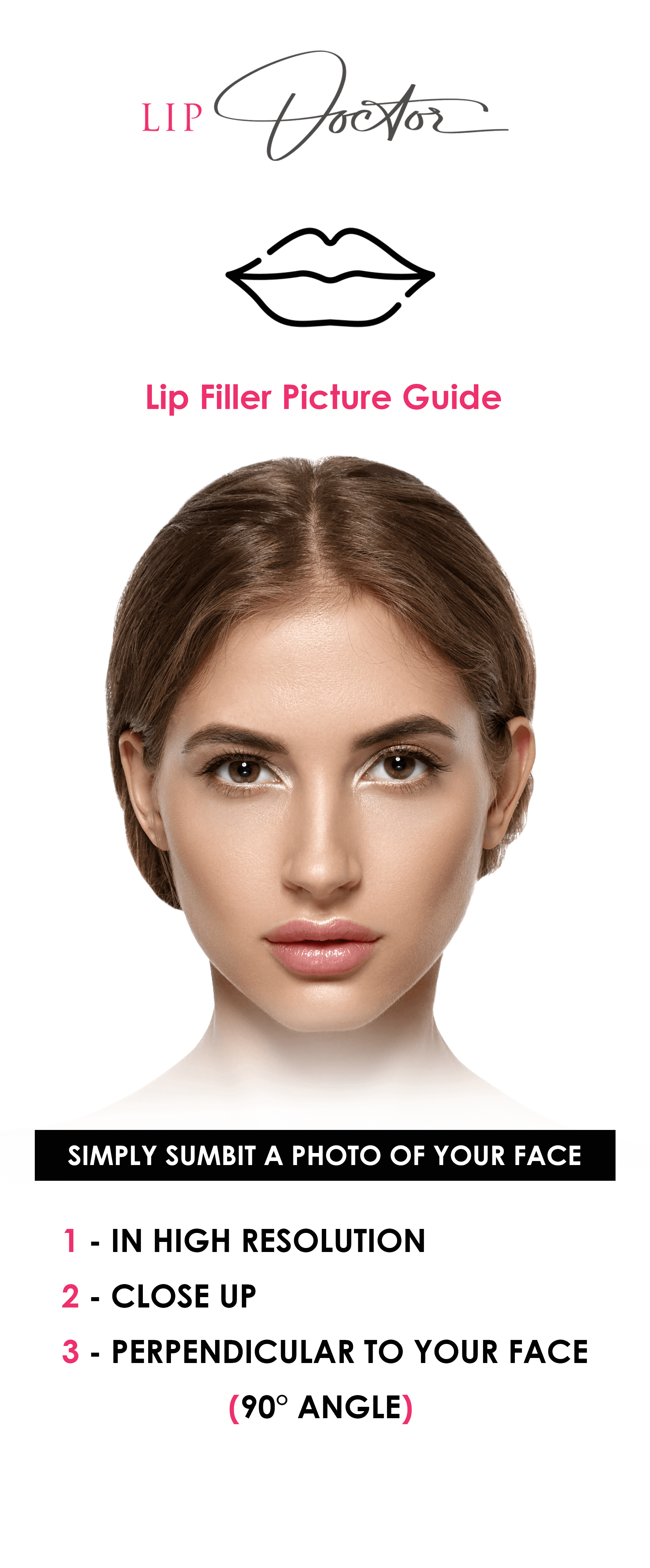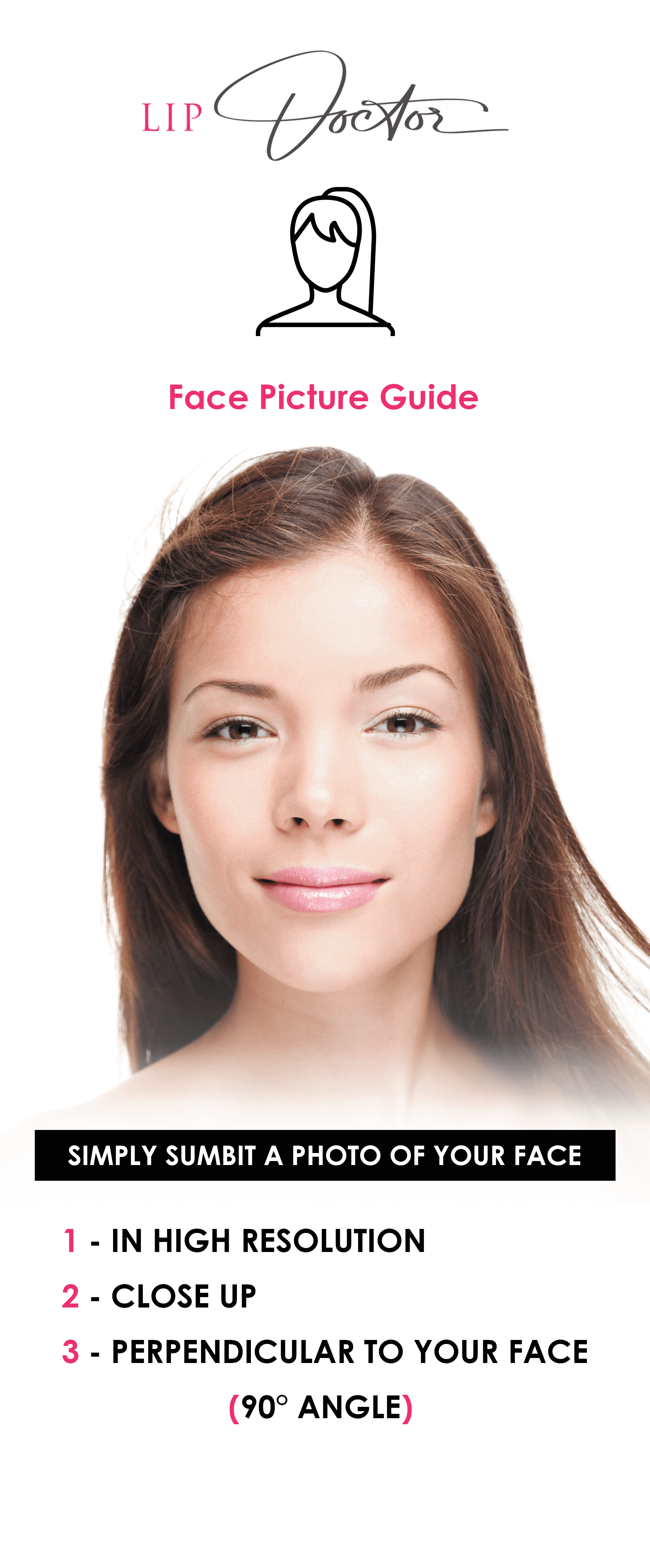Understanding Botox for Migraines
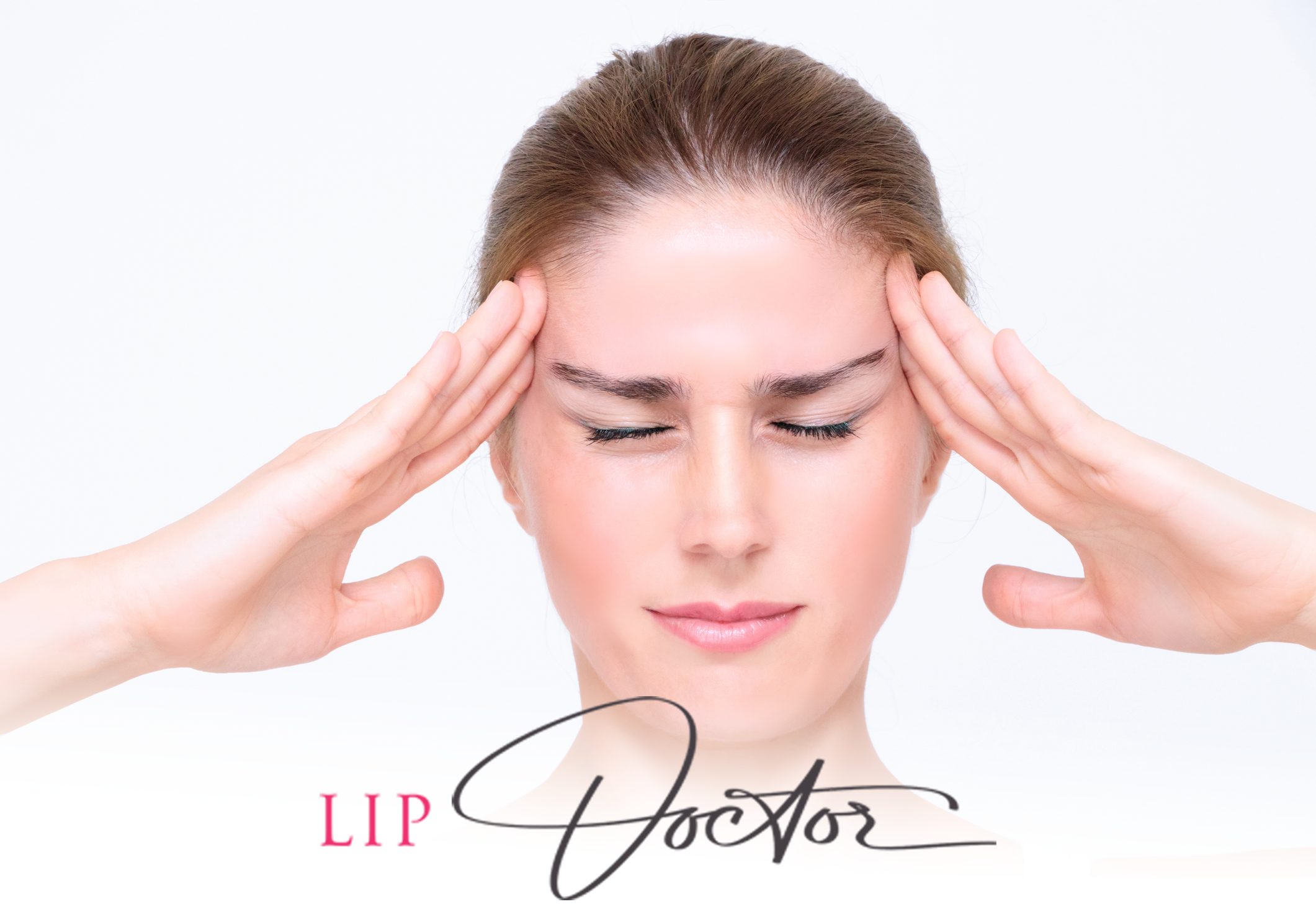
What is Botox? Botox, or botulinum toxin, is widely recognized for its cosmetic uses, particularly in smoothing facial wrinkles. However, its benefits extend far beyond aesthetic enhancements. Botox is also a preventive treatment for chronic migraines, approved by medical authorities such as the FDA. It works not just to treat but to prevent headache days.
Botox vs. Traditional Treatments Unlike typical migraine medications that treat symptoms as they occur, Botox offers a preventive approach, aiming to reduce the number of migraine days experienced by sufferers. This can be a game-changer for those who have found little relief with traditional treatments.
Botox and TMJ Compared
While Botox is used for treating migraines, it’s also employed to address issues related to the temporomandibular joint (TMJ). The TMJ treatments involve injections into the jaw muscles to alleviate pain associated with TMJ disorders such as jaw tension, headaches, and even lockjaw. Though both treatments involve Botox, the target areas and the intended effects differ significantly:
- Migraine Botox Treatment: Focuses on preventing migraine headaches. The injections are typically administered around the pain fibers involved in headaches, affecting the release of chemicals involved in pain transmission, which effectively reduces the activation of the brain’s pain networks before they evoke a migraine.
- TMJ Botox Treatment: Targets muscle tension and pain. Botox for TMJ is injected into the jaw muscles to relax them, providing relief from jaw pain, headaches, and muscle spasms.
Where Is Botox Injected for Migraines?
Botox for migraines is administered through multiple injections around the head and neck to dull future headache symptoms. The procedure involves injecting Botox into areas where patients commonly experience tension and pain, including the temples, forehead, back of the head, neck, and upper back. The treatment typically involves a pattern of injections that may vary slightly depending on the patient’s specific pain points.
How Does Botox for Migraines Work?
Botox works by blocking neurotransmitters that carry pain signals from your brain. This blockage stops the chemicals before they get to the nerve endings around your head and neck. By preventing these chemicals from reaching the nerve endings, Botox effectively stops the headache before it starts. The full effect of the treatment is typically observed after the second or third treatment, with each session spaced about 12 weeks apart.
Why Seek an Experienced Professional?
Given the specificity of the areas needing treatment and the precise dosage required, it’s crucial to seek an experienced professional for Botox treatments for migraines. An expert in Botox administration will not only ensure the correct placement of the injections but will also adjust the treatment to tailor-fit your specific needs, enhancing the effectiveness and minimizing any risks.
An experienced practitioner will conduct a thorough assessment of your medical history and your migraine patterns to ensure that Botox is the right option for you. They can also provide comprehensive care, monitoring your progress and adjusting your treatment plan as needed to ensure the best possible outcome.
Ready to Explore Botox for Migraines?
If you’re battling chronic migraines and seeking a proactive treatment option, consider Botox as a viable solution. To ensure you receive the most personalized and effective treatment, consult with a seasoned professional like Dr. Bector at the Lip Doctor. We invite you to book a complimentary consultation today to discuss how Botox can be part of your strategy to combat migraines. Let us help you pave the way toward fewer migraine days and a better quality of life. Get in touch now to take the first step towards reclaiming your comfort and well-being.

 MISSISSAUGA
MISSISSAUGA